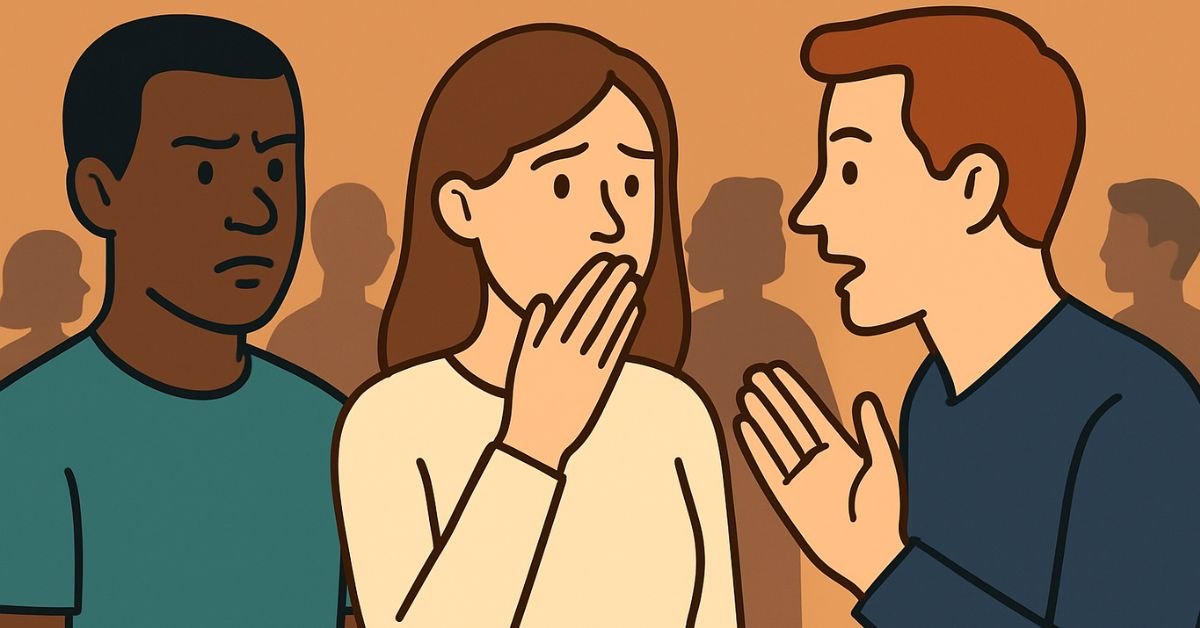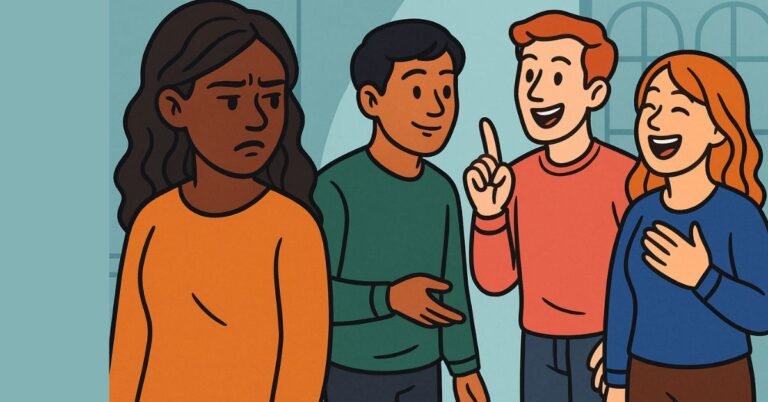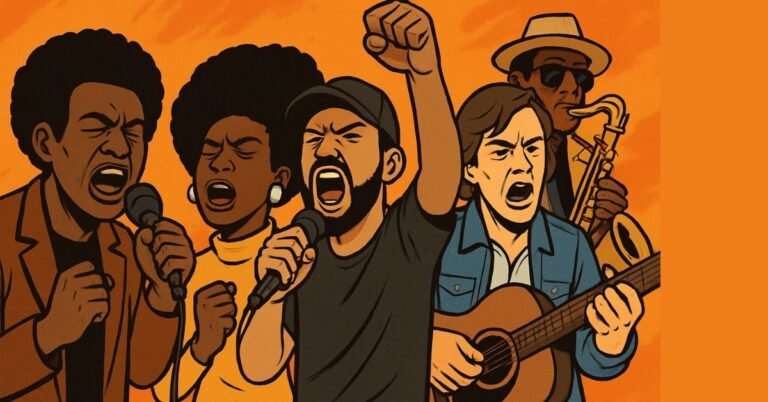Passive Racism: Definition & Examples
Sometimes racism operates quietly. Not through active aggression, but through silence, complacency, or passive support of the status quo. This form is known as passive racism.
Passive racism refers to the subtle ways people contribute to racial injustice simply by doing nothing to oppose it. It often involves inaction, indifference, or silent complicity in systems and behaviors that disadvantage people of color. Unlike active racism, which openly promotes racist ideas or practices, passive racism works behind the scenes, allowing inequality to persist unchecked.
Passive racism should not be confused with covert racism or subtle racism. Although all three can be quiet or less visible than overt racism, passive racism specifically refers to the inaction, indifference, or silent complicity that allows racial injustice to persist. It is less about deliberate hidden acts or everyday biased behaviors and more about failing to challenge racism when it occurs.
Even though passive racism may not seem as harmful at first glance, it plays a critical role in maintaining systemic racism by protecting and reinforcing unequal power structures.
Examples of Passive Racism
Passive racism can show up in many everyday ways, often so quietly that it feels “normal” unless you’re paying close attention. Some examples include:
- Remaining silent when witnessing racism: When someone hears a racist joke, stereotype, or comment in a conversation but says nothing, it sends a message that such behavior is acceptable. Silence becomes a form of approval, even if that wasn’t the intent.
- Ignoring racial issues because they are “uncomfortable”: Choosing not to talk about topics like police brutality, racial inequality, or immigration rights because they are “too political” or “make people uncomfortable” allows injustices to continue unchallenged. Discomfort should not outweigh the need for justice.
- Benefiting from systemic racism without acknowledgment: White individuals, or members of dominant racial groups, often benefit from unearned advantages in education, employment, housing, and healthcare. When people deny or refuse to recognize these privileges, they contribute to maintaining an unequal system.
- Accepting stereotypes without questioning them: Laughing along with jokes that rely on racial stereotypes, or casually assuming that certain groups are “naturally” better at sports, math, or manual labor, perpetuates dehumanizing ideas without directly expressing hate.
- Prioritizing personal comfort over challenging injustice: Avoiding conflict by not correcting a friend, family member, or coworker when they say something racist keeps the peace at the expense of progress. Choosing comfort over confrontation helps racism persist.
- Tokenism: Including a person of color in a team, event, or advertisement just to appear “diverse,” without genuinely empowering or listening to them, is another form of passive racism. It uses individuals for appearances without addressing real structural inequalities.
- Believing “colorblindness” is enough: Saying “I don’t see color” ignores the real and lived experiences of racial discrimination. While it may sound well-meaning, it often minimizes or erases the specific challenges people of color face.
- Failing to recognize microaggressions: Dismissing subtle insults or slights toward marginalized groups, such as questioning a Black person’s qualifications or expressing surprise at an Asian American’s English fluency, contributes to an environment where prejudice is normalized.
Each of these examples might seem small or “harmless” in isolation, but together they uphold a system where racial inequality remains intact.
Active Racism vs Passive Racism
Understanding the difference between active racism and passive racism is crucial:
| Aspect | Active Racism | Passive Racism |
|---|---|---|
| Definition | Direct, intentional actions or language that express or support racist ideas. | Indirect support of racism through silence, inaction, or complacency. |
| Examples | Using racial slurs, committing hate crimes, supporting racist policies. | Ignoring racist jokes, staying silent during racist incidents, benefiting from privilege without questioning it. |
| Visibility | Highly visible and often condemned publicly. | Often invisible or normalized, making it harder to challenge. |
| Impact | Direct harm to individuals and communities. | Reinforces systemic racism by allowing harmful behaviors and systems to continue unchallenged. |
While active racism is more obvious and easier to call out, passive racism is equally dangerous because it helps maintain the very systems that active racism tries to enforce.
How to Move to Anti-Racism
If you recognize passive racism in yourself or others, it’s important to remember: growth is possible. The goal is not to feel guilty, but to take responsibility and commit to change. Here’s how:
- Educate yourself: Learn about the histories, realities, and struggles of marginalized communities without placing the burden of teaching on them.
- Speak up: Challenge racist comments, jokes, and assumptions, even when it feels uncomfortable.
- Support anti-racist policies: Advocate for changes in workplaces, schools, and communities that address systemic inequalities.
- Listen to people of color: Center their voices and experiences without trying to dominate the conversation.
- Reflect regularly: Examine your own biases and privileges, and commit to ongoing self-awareness.
Final Thoughts
Passive racism may not look as obvious as active hate, but it is equally damaging. By staying silent or disengaged, individuals allow racism to thrive in subtle, everyday ways. True change requires more than simply “not being racist”, it demands actively challenging racism wherever it exists, including within ourselves.
Becoming part of the solution means choosing courage over comfort, action over inaction, and justice over complicity.







